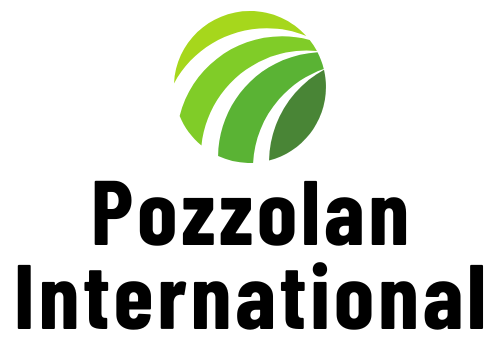Benefits of Pozzolans
Pozzolanic materials offer a range of benefits to the construction and industrial sectors. By incorporating these materials into various products, companies can enhance performance, reduce environmental impact, and decrease costs. Let’s explore some of the key advantages of using pozzolans.
1. Reduced Carbon Emissions
One of the most significant benefits of pozzolans is their ability to reduce carbon emissions in the construction industry. When pozzolanic materials react with calcium hydroxide in the presence of moisture, they form cementitious compounds. This reaction reduces the need for Portland cement, which is a major contributor to carbon dioxide emissions. By incorporating pozzolans into concrete and other construction materials, companies can significantly decrease their carbon footprint and contribute to a more sustainable future.
2. Improved Strength and Durability
Pozzolans have the unique ability to enhance the strength and durability of concrete. When used as a partial replacement for Portland cement, pozzolanic materials react with the calcium hydroxide to form additional calcium silicate hydrate (C-S-H) gel. This gel fills the pores in the concrete, making it denser and less permeable to water and other harmful substances. As a result, the concrete becomes more resistant to cracking, chemical attack, and freeze-thaw damage, leading to increased longevity and reduced maintenance costs.
3. Enhanced Self-Healing Properties
Another advantage of pozzolans is their ability to enhance the self-healing properties of concrete. When cracks occur in traditional concrete, they can compromise the structural integrity and lead to further deterioration. However, when pozzolanic materials are present, they can react with moisture and calcium hydroxide to form additional C-S-H gel, which can fill the cracks and restore the integrity of the material. This self-healing ability can significantly extend the service life of concrete structures and reduce the need for costly repairs or replacements.
4. Cost Reduction
In addition to their environmental and performance benefits, pozzolans can also help reduce costs associated with cement and maintenance. By partially replacing Portland cement with pozzolanic materials, companies can decrease their reliance on this expensive component. Furthermore, the enhanced durability and self-healing properties of pozzolanic concrete can lead to reduced maintenance requirements and lower repair costs over the lifespan of a structure. This cost-saving potential makes pozzolans an attractive option for construction projects looking to optimize their budgets without compromising on quality or sustainability.In conclusion, pozzolanic materials offer numerous benefits to the construction and industrial sectors. By incorporating these materials into various products, companies can reduce carbon emissions, improve the strength and durability of concrete, enhance self-healing properties, and decrease costs. As the demand for sustainable and high-performance construction materials continues to grow, pozzolans are poised to play a crucial role in shaping a more sustainable and resilient future.
